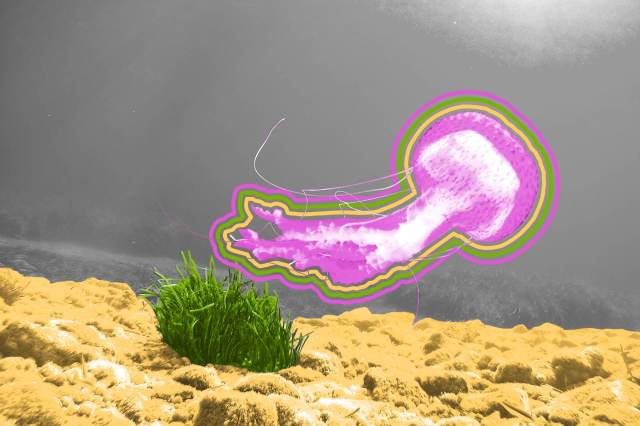
Numbers Don't Lie

On average, it takes light from the sun ______ to reach Earth.

Ready to reveal?
Confirm your email to play the next question?

On average, it takes light from the sun 8 minutes and 20 seconds to reach Earth.

Box jellyfish rank among the ocean’s deadliest creatures.
When we think of dangerous sea creatures, our minds tend to jump straight to sharks. In reality, there’s a far greater threat floating in the open water: the box jellyfish. These nearly transparent creatures possess up to 15 tentacles, each growing to roughly 10 feet in length.
Each tentacle has about 5,000 stinging cells, whose venom is considered to be among the most potent and deadly in the world. While typically used to instantly stun or kill prey such as fish and shrimp, a box jellyfish’s venom can also be fatal to any humans who come too close. The sting is so unbearably painful that human victims have been known to go into shock and drown — or die from heart failure — before even reaching the shore.
While there are an average of six fatalities from shark attacks per year, box jellyfish stings result in between 40 and 100 human fatalities annually, although experts believe the true figure is likely far higher. As such, box jellyfish can claim to be the deadliest creatures in the ocean.

















